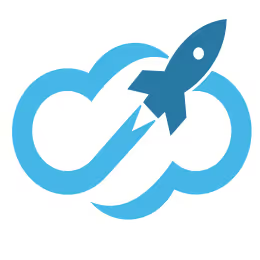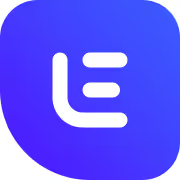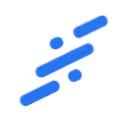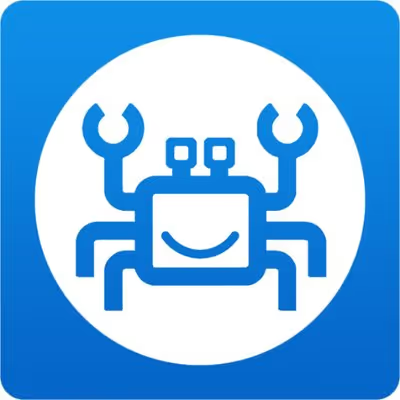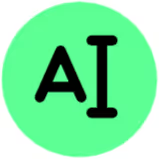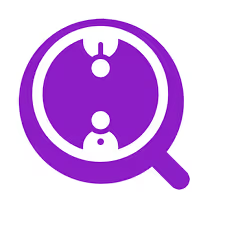What is AI data scraping?
AI data scraping is the automated process of collecting large amounts of data from websites using AI to identify and extract relevant info quickly.
What can AI data scraping do?
It gathers data like contact info, prices, and reviews to help with market research, lead generation, and competitive analysis.
How does AI data scraping work?
AI analyzes website structures, extracts target data patterns, and converts them into usable formats like CSV or JSON automatically.
Is AI data scraping easy to set up?
Yes, most tools offer user-friendly interfaces with templates and no-code options allowing fast setup for any user level.
Is AI data scraping free?
Some tools offer free tiers with limits, but advanced features usually require paid plans starting around $20 per month.
What is the common AI data scraping pricing?
Pricing typically ranges from $20 to $100+ monthly based on data volume, speed, and extra features.
What are the types of AI data scraping?
Common types include web scraping, social media scraping, and ecommerce price scraping tailored to different data needs.
Does AI data scraping work with email?
Yes, it can extract email addresses from websites and social profiles for lead generation and outreach.
What are the best AI data scraping tools?
Popular tools include Octoparse, Scrapy, ParseHub, and Diffbot, offering various features for ease and accuracy.
What are common AI data scraping integrations?
Many tools integrate with CRM, Excel, Google Sheets, and APIs to automate data transfer and workflow.


